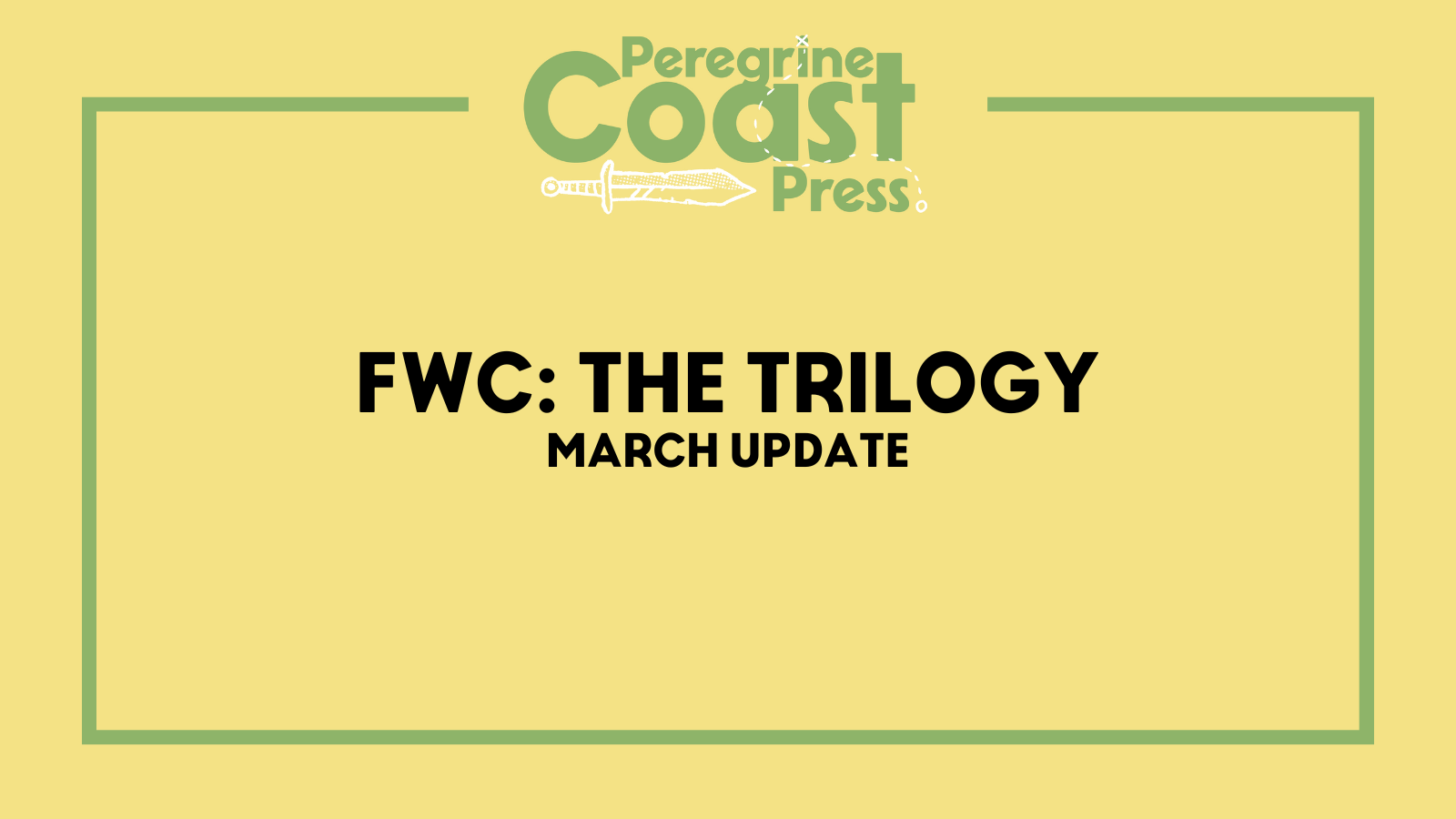March Update on FWC: The Trilogy
Filmmakers Without Cameras: The Trilogy is facing some delays. Eryk explains what's going on (and the evils of Adobe)!

Hey folks! Let’s get right into it: last update I mentioned that talking to our print shop will take about a week-or-so. In a comedy of errors, that estimate has quadrupled, and will now probably stretch out to mid-March. This campaign has seen delay after delay and the key thing is for us to be transparent with y’all, without making excuses. I’ll explain why we’re facing these delays.
When I started working on Filmmakers Without Cameras two years ago, it was a small, digitally-printed zine I made with my literal neighbours and friends. I had zero design or art school background, so FWC has always been a very public process of me learning how publishing works. When we talked about publishing Filmmakers Without Cameras: The Trilogy as a collection of all three issues, we were still in the mindset of a hobbyist project. That’s obviously not where we’re at now: Issue 1’s print run was 70 copies. The Trilogy’s print run is 700 copies. For that, we wanted to take our manufacturing process up a notch: rather than use a digital printer with relatively high per-unit costs, we switched to an offset printer.
This next bit is a bit technical, but some of you might enjoy reading about it. There are two reasons The Trilogy is facing multiple delays. Let’s start with printing.
Digital printers, essentially, mix ink in the printer head at time of printing. In an offset printer, the four key inks (Cyan, Magenta, Yellow, and Key (Black)) are separated into 4 rollers. Sheets of paper are passed through those rollers, and the colours are built up layer-by-layer. If those rollers are misaligned or the paper is cut unevenly (to ensure images are printed edge-to-edge, print shops will print on paper larger than what’s needed and then cut the sheets down to size), you get what’s called “misregistration”. To counteract that, designers will add “trapping”; layers of lighter ink which overlap with the darker ink to make sure there are no gaps between layers and white, uninked paper doesn’t show through. This is hard to explain in text but if you Wikipedia “printer trapping” you’ll get a good visualisation. This is something I’ve not had to worry about in the previous print runs of Filmmakers. Three weeks later and multiple back-and-forths with our new print shop later, it’s something that will keep me up at night.
The second reason is backups. There are two types of people in the world: people who back up their work, and people who have lost all of their data.
When working on Filmmakers 1 and 2 I was using my partner’s university Adobe account (because, look, Adobe is very expensive when you don’t have the backing of a growing business like I do now). That account got deactivated without warning, and with it went all of my InDesign files. Annoyingly, Adobe is a bit of a cartel and they will stop you accessing a file which belongs to another account, even if you buy your own subscription. All that to say: all I have left of Filmmakers 1 and 2 are press-ready files. No InDesign files exist.
Cue: Monday 27th of February. As I send off files I thought were print-ready to our print shop, they send back over a page’s worth of notes to me. Most of those notes were about trapping, and most of those notes were about Issues 1 and 2. And therein lies the issue (ha): I don’t have those InDesign files anymore. My next couple of weeks are going to be spent going through the affected pages and remaking them. It’s not going to be intensive work, because the pages already exist, but it will be time consuming and very boring.
I suppose the upside is that future projects we publish will always be done to spec of an offset printer, and this won’t happen again. I’ve always jokingly said that Filmmakers was my Keyser Soze moment: it was the project that quickly grew beyond me and has always been a process of me learning, very publicly. As our most successful project yet, with the highest entry cost, I can only apologise to you all for making you wait so long. I’m more thankful for your support than you could ever know, and I hate that our reputation is on the line because of a series of amateurish mistakes.
All I ask is that you bear with me while I get the files ready for print. I can’t wait to finish working on the Trilogy, and I can’t wait to back it up in at least three places far away from Adobe’s reach.
